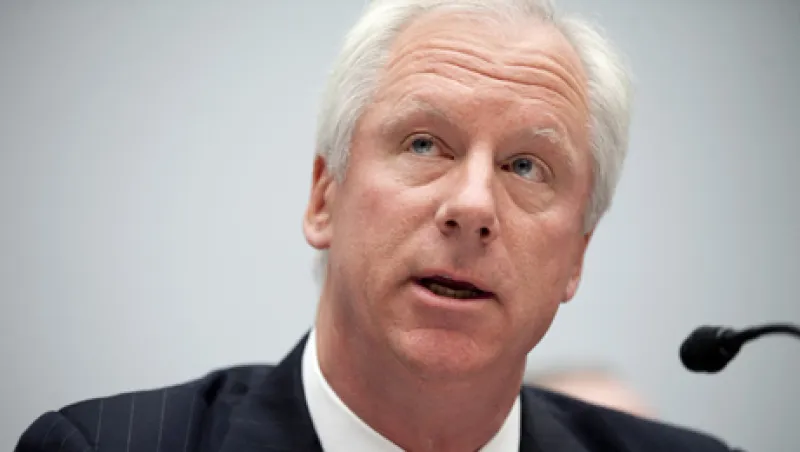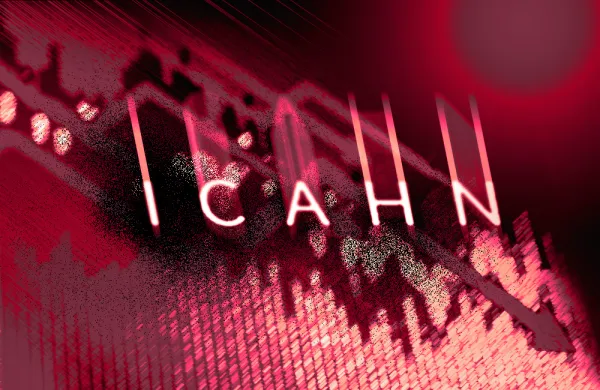Knight Capital received good news this week, with the announcement that the firm has received an infusion of $400 million from private-equity firm Blackstone Group, market maker Getco and a host of financial firms that include Jefferies & Co., Stephens, Inc., Stifel Nicolaus & Co, and TD Ameritrade Holding Corp.
The funding should go a long way in helping the Jersey City–based brokerage and market-making firm stay in business and recover from the impact of “an issue with trading technology,” according to Knight Capital CEO Tom Joyce. Knight spokeswoman blamed problematic routing software — not an algorithm — that resulted in wild swings in the price levels of more than 140 stocks for up to 45 minutes last week on the New York Stock Exchange and the loss of $440 million for Knight.
But some traders remain concerned about the precise nature of the technical breakdown, attributed to software built internally at Knight that appears to have been poorly constructed and tested. What went wrong with Knight’s routing software, designed to interact with a new trading venue on the New York Stock Exchange? Why wasn’t there an effective fail-safe system in place to more quickly right the error? Why didn’t the pre-launch testing process catch this problem? And did the event violate any new SEC rules designed to protect the market from rogue computer software activity? In addition to an internal review, a Knight spokeswoman says the company will soon select an outside firm to conduct an independent analysis of the event.
The episode has caused shareholders in the company to lose 30 percent of their equity in a matter of minutes. Worse still is the fact that the shares are down some 70 percent since last week. Equally troublesome for investors is the dilution that comes with the $400 million cash infusion. The meltdown led analysts at JPMorgan to project that the company will very likely have to be broken up to stay in business in some formis that still the case, and caused Mary Schapiro, head of the SEC to call the event “unacceptable.” She is now asking for a new rule that would require market operators to have programs in place to ensure the capacity and integrity of their trading systems.
Nanex, a Winnetka, Illinois-based financial technology firm, issued a report on Monday that posits the theory that Knight may have accidentally released two versions of their problematic software: The official version and a test version that was the cause of the abnormal trading activity that brought about huge market losses for Knight. A Knight spokeswoman says the firm has no comment on the theories presented in the Nanex report.
Andrew Kumiega, a manager in charge of software testing at a Chicago-based trading firm and co-author of “Quality Money Management,” a book that discusses the importance of standards for financial technology, says he is not surprised by the software glitch suffered by Knight because automated trading is still a young industry. It has yet to establish industry-wide standards and frequently suffers from the cross-purposes of three competing groups: traders who view their primary goal as trading success while upholding securities regulations, programmers who focus on coding and creating well designed software, and quantitative analysts who hone in on the mathematics that underpin many trading software efforts. “If you look at these three groups, the tactics they employ for effective software testing are all completely different,” Kumiega said.
The answer to the problem of faulty and uncoordinated testing efforts, Kumiega says, is the creation of an industry-wide, ISO 9000 standard for the automated trading industry — akin to industrywide standards that already exist in the aerospace, automobile and medical industries.
Better testing coordination is key, Kumiega says. “If you are testing a jet engine by itself, apart from an airplane, it may work perfectly but if you don’t test how it works on the actual wing of a plane, it may not work,” he says. Kumiega believes Knight Capital tested the software that caused problems but questions to what degree the firm was able to conduct thorough tests or run simulations on the New York Stock Exchange or a comparable platform.
Kumiega says that under an ISO 9000 program developed and published by the Geneva-based International Organization for Standardization — which maintains quality assurance systems for a range of industries — standards would be established by practitioners, not regulators, so that complex products meet an accepted, industrywide standard. Testing would be conducted by independent assessors, and the different participants within an industry — in this instance, traders, coders, quants and exchange operators — would be encouraged to work together to meet necessary standards and create a better product.
John Bates, chief technology officer at Progress Software, a Bedford, Massachusetts–based provider of software to facilitate high speed trading operations, says that Knight’s errant software highlights that his industry needs some enforced best practices around diligent back-testing and better risk and algorithm monitoring frameworks in order to spot behavior outside normal operating parameters. He also says the industry needs improved software to lock down automated software that goes awry, along with the greater use of real-time surveillance software to flag heads of compliance of impending problems. “Humans can’t see problems quickly enough, so we need algorithms monitoring algorithms to highlight emerging problems,” he says.
Others question the need for industry-wide testing standards in a business where quality control, testing and monitoring are already front and center and wonder if the sort of ISO 9000 standards that apply to manufacturing could apply to the complexity and constant change of trading markets.
“What’s different about trading software is that it can be exposed to a lot of different environments, making it all very complicated,” says David Mechner, CEO of Pragma Securities, an independent New York–based trading firm focused on algorithmic trading. “When developing software, you can’t just say based on this input and output that your design should be X,” he adds.
Trading or routing software often must contend with a host of unexpected inputs or combinations of inputs in an environment that entails multiple data feeds, split second trading activity and mounting quantities of exchange and regulatory guidelines and requirements, says Mechner.
In short, Mechner views the Knight Capital’s software error as an event that does not necessarily call for new standards but certainly refocuses everyone in the business on the importance of quality testing of technology. “Boards and investors are asking a lot of question of trading firms right now to make sure this sort of event won’t happen to them,” he says.






